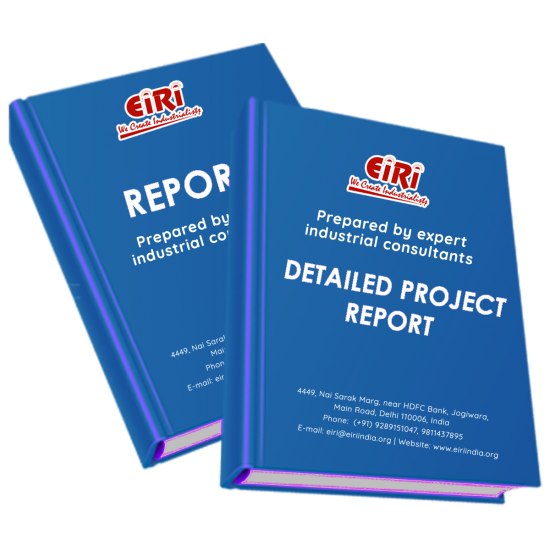The project report includes Present Market Position and Expected Future Demand, Market Size, Statistics, Trends, SWOT Analysis and Forecasts. Report provides a comprehensive analysis from industry covering detailed reporting and evaluates the position of the industry by providing insights to the SWOT analysis of the industry.
BOPP films (Biaxially Oriented Poly Propylene Films) are produced by stretching polypropylene film in both machine direction and transverse direction. BOPP film is used in vast range of applications comprising packaging, labelling and lamination.
BOPP Films are preferred substrate for food packaging globally because of its inherent moisture barrier properties, seal ability, high clarity and graphic reproduction and shelf appeal, best possibilities of the pack being a mono layer/homogeneous structure.
For food packaging, it is prominently used as co-extruded heat sealable reverse printable film. BOPP Films has a strong demand globally which is driven by expanding flexible packaging industry.
It is produced by first making a melt of high molecular polypropylene into a sheet or a thick film through a narrow machine head, and then in a dedicated stretching machine, at a certain temperature and set speed, simultaneously or step by step. A film that is stretched in two perpendicular directions (longitudinal, transverse) and subjected to appropriate cooling or heat treatment or special processing (such as corona, coating, etc.). BOPP film is a very important flexible packaging material. BOPP film is colourless, odourless, tasteless, non-toxic, and has high tensile strength, impact strength, rigidity, toughness and good transparency. BOPP film has low surface energy and needs corona treatment before coating or printing. However, after corona treatment, the BOPP film has good printing adaptability, can be printed in color, and has a beautiful appearance effect, and thus is often used as a surface layer material of the composite film.
BOPP film, a part of the flexible packaging industry has emerged as one of the most popular, high growth films in the world. Lower costs and convenience has added to the growth of BOPP in the past few years, along with other flexible packaging materials. Moreover, the growth in demand for this film has been substantial both in developed as well as emerging markets on account of its recyclable nature and applications in a variety of non-food and food products.
Advantages
The advantages BOPP offers are numerous.
Shelf life extension:
Among all other commonly used plastic films, BOPP films provides excellent moisture barrier & its metallized variant provides better oxygen barrier to product. Both these properties of BOPP films play a key role in food packaging to extend the shelf life of products & thus reduce food waste.
Product quality:
Apart from barrier properties, BOPP film provides consistent and excellent seal integrity because of narrow gauge spread. Good heat seal strength, lower seal initiation temperature, broad sealing window and good machinability further benefits into food packaging industry for protecting food quality.
Sustainability:
BOPP film has a relatively low carbon footprint as compared to other plastic films substrate such as polyester. After cellulose film, BOPP Film is the second most preferred substrate for its eco-friendly nature in flexible food packaging. Because of its low melting point, it requires lower energy to convert from one form to other. Reprocessed granules of BOPP resin are widely used to manufacture injection moulded parts, household items like sitting mats, chair, table, automobile spares etc.
Aesthetic / Graphics:
Excellent transparency in clear BOPP films allows providing high level of aesthetic appeal to product packaging. Half tone printing jobs with multi-colour printing are also carried out with ease on this film for high quality graphics. In white opaque film variant, excellent gloss, high opacity and superb whiteness provides an attractive look to product packaging. Metalized film variety gives superior metallic appearance to stand out your product on the shelf. Because of good surface tension, post lamination operations like foil stamping, UV spot coating and embossing could be carried out to enhance aesthetic look of product packaging.
Density:
It is a unique property that BOPP films have among all other commonly used flexible packaging films. Low density results into more yield during conversion and thus supports less plastic consumption concept per product. Low density results into less weight per roll for the same length of other plastic film which provides ease of material handling.
The global BOPP films market reached a value of US$ 19.0 Billion in 2021. Looking forward, IMARC Group expects the market to reach US$ 25.9 Billion by 2027, exhibiting a CAGR of 5.9% during 2022-2027.
It is intended to prepare a Feasibility Report to install 7500 MT/Year BOPP Film production facilities as a Green Field Project.



